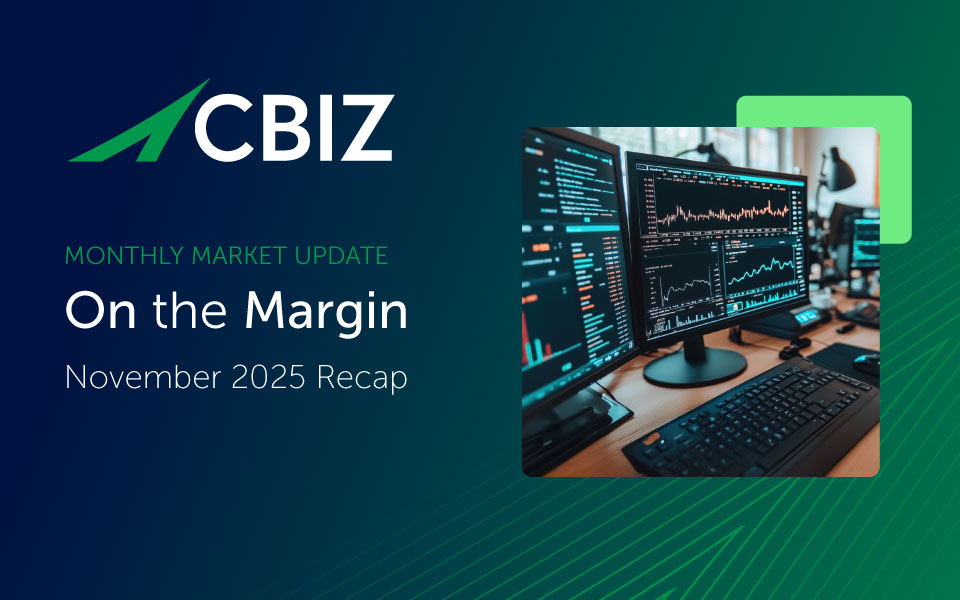Many nonprofits are working to implement the new lease standard for their 2023 fiscal year-end financial statements. For nonprofits that have not issued or are not a conduit bond obligor, this new standard is effective for years beginning after December 15, 2021. The new lease standard is complex but there are certain options that may simplify the adoption.
Background
On February 25, 2016, the Financial Accounting Standards Board (FASB) issued, Accounting Standards Codification (ASC) 842, Leases. The most significant impact of adopting ASC 842 is that the net present value of operating lease obligations are now recorded on the balance sheet as both a right of use asset and a corresponding lease liability. Under legacy GAAP, an organization would expense the straight-line operating lease payments over the term of the lease and only disclose the future minimum lease payments while not recording the lease liability. Accordingly, ASC 842 will cause organizations to recognize a material amount of lease liabilities on their balance sheet. The purpose of the standard is to increase transparency and comparability among organizations. now, readers of an organization’s financial statements should be able to assess the amount, timing, and uncertainly of cash flows arising from leases.
The Practical Expedient Election
The evaluation of each lease can be quite complicated and requires the determination of a discount rate, lease incentives, initial direct costs, and other factors. As you can imagine, depending on the number of leases, this can be a large undertaking for any organization. To help alleviate the implementation burden, ASC 842 contains a practical expedient. It is important to highlight that this practical expedient election must be adopted together as a bundle and applied consistently to all leases.
#1 – Reassessment of a Contract
The first practical expedient dictates that an organization does not need to reassess whether their contract contains a lease. Certain contracts have embedded leases that provide for the use of an asset. By providing this option, ASC 842 assumes the organization has already properly identified any embedded leases under legacy GAAP and therefore does not require a reassessment of those contracts.
#2 – Reassessment of Lease Type
Second, the organization does not need to reassess whether their lease is categorized as operating or financing (financing leases were known as a capital lease under the old standard but otherwise their treatment has not changed). Again, the assumption is that the Organization already made the determination under old guidance and may continue to follow that assessment under ASC 842.
#3 – Reassessment of Initial Direct Costs
Finally, the organization does not need to reassess whether the unamortized initial direct costs before transition would have met the definition of initial direct costs under ASC 842, which is narrower than legacy GAAP. The new definition of initial direct costs includes only those incremental costs of a lease that would not have been incurred if the lease had not been obtained. Examples include commissions and payments made to an existing tenant to incentivize that tenant to terminate a lease. By electing this package, the organization can avoid spending its resources on performing this reassessment.
Need Help? Reach Out.
There are many other complex implementation issues and other practical expedients contained in ASC 842. However, by electing the practical expedient mentioned above, your organization can save time and effort during this initial year of adoption. Please contact your CBIZ assurance team member with any questions on implementing ASC 842.
© Copyright CBIZ, Inc. All rights reserved. Use of the material contained herein without the express written consent of the firms is prohibited by law. This publication is distributed with the understanding that CBIZ is not rendering legal, accounting or other professional advice. The reader is advised to contact a tax professional prior to taking any action based upon this information. CBIZ assumes no liability whatsoever in connection with the use of this information and assumes no obligation to inform the reader of any changes in tax laws or other factors that could affect the information contained herein. Material contained in this publication is informational and promotional in nature and not intended to be specific financial, tax or consulting advice. Readers are advised to seek professional consultation regarding circumstances affecting their organization.
“CBIZ” is the brand name under which CBIZ CPAs P.C. and CBIZ, Inc. and its subsidiaries, including CBIZ Advisors, LLC, provide professional services. CBIZ CPAs P.C. and CBIZ, Inc. (and its subsidiaries) practice as an alternative practice structure in accordance with the AICPA Code of Professional Conduct and applicable law, regulations, and professional standards. CBIZ CPAs P.C. is a licensed independent CPA firm that provides attest services to its clients. CBIZ, Inc. and its subsidiary entities provide tax, advisory, and consulting services to their clients. CBIZ, Inc. and its subsidiary entities are not licensed CPA firms and, therefore, cannot provide attest services.















